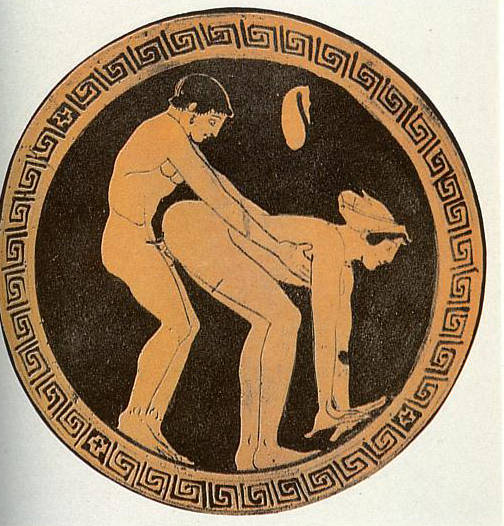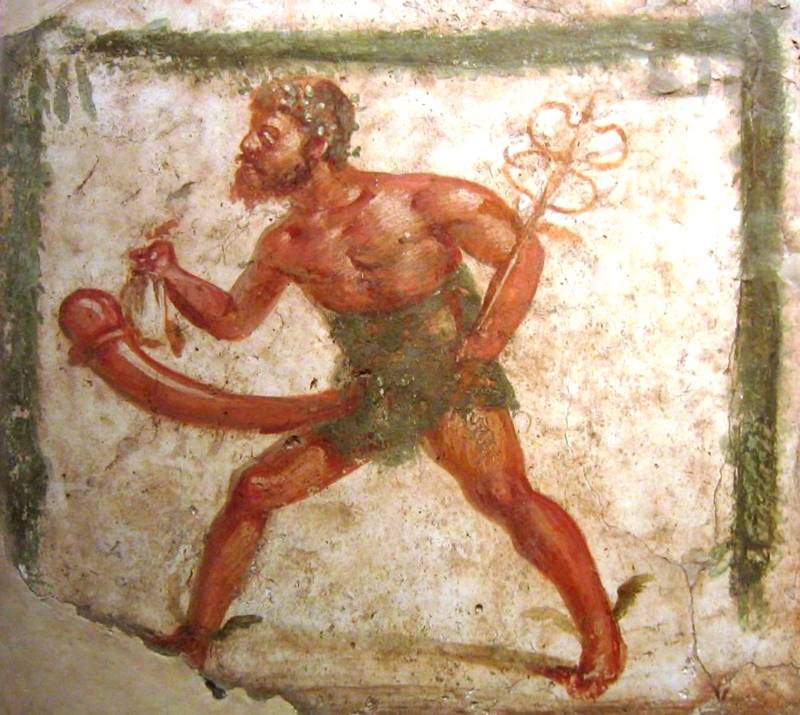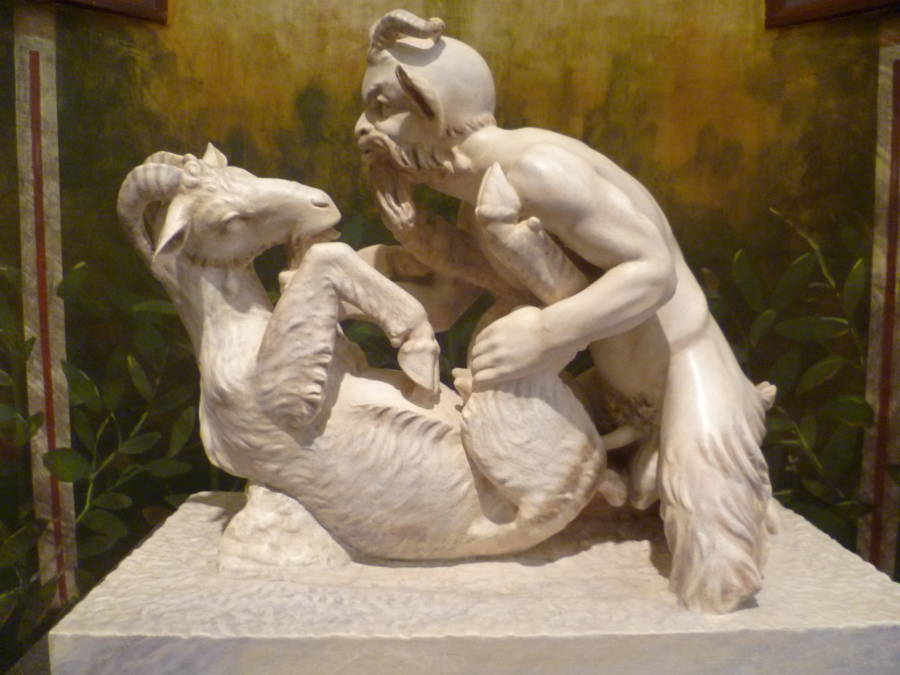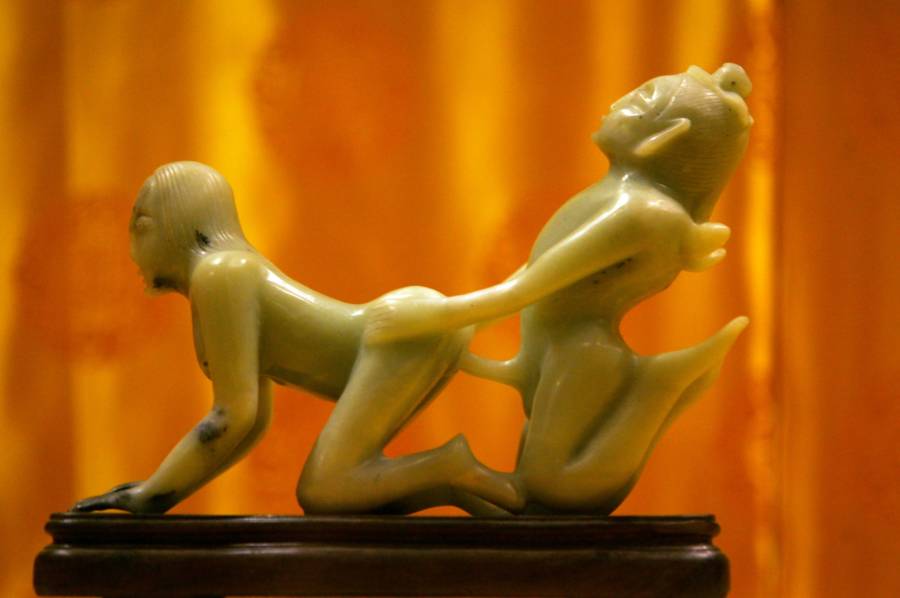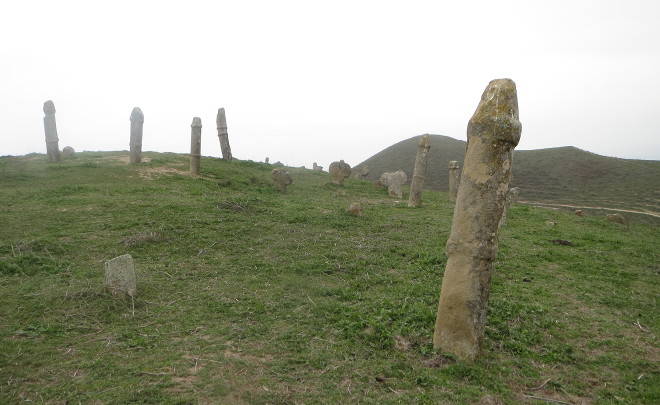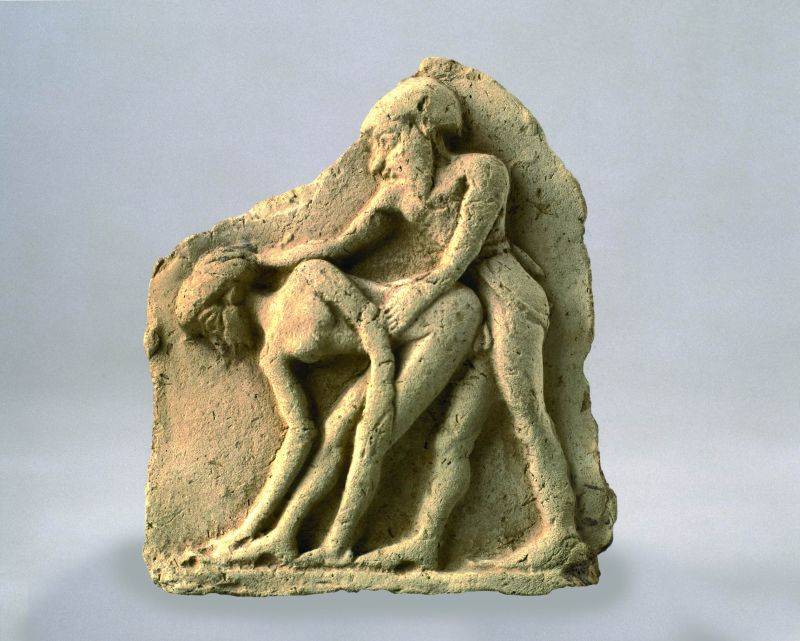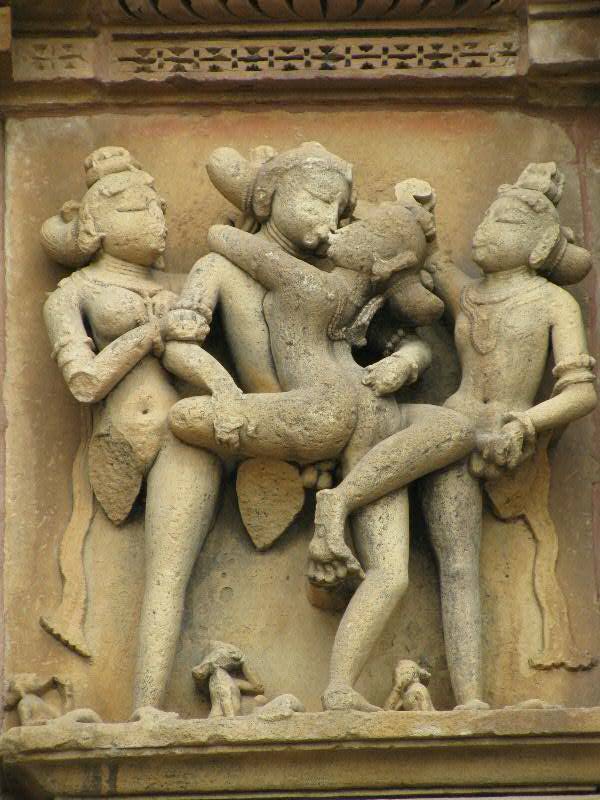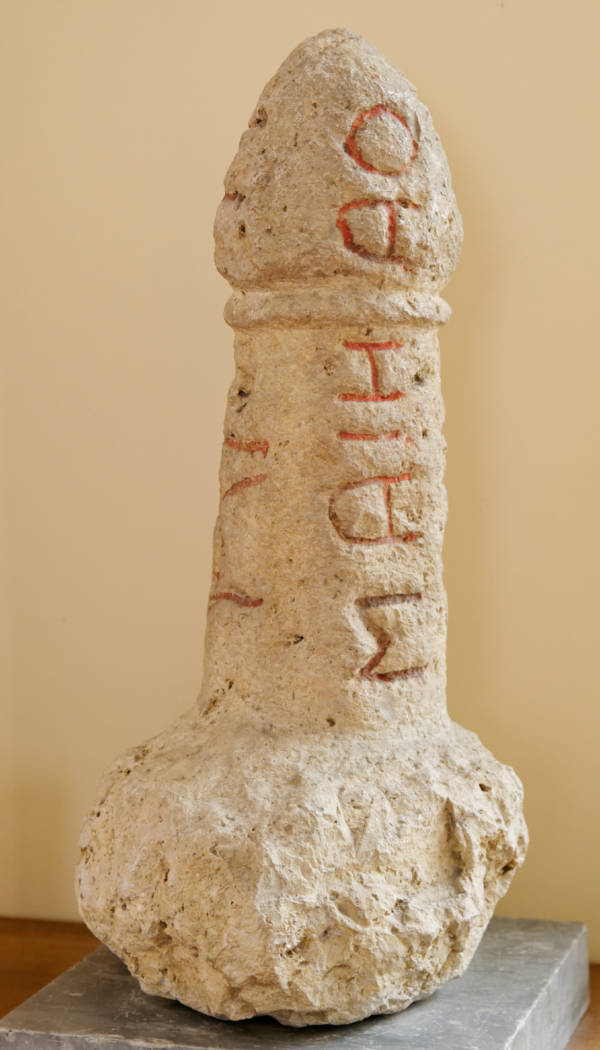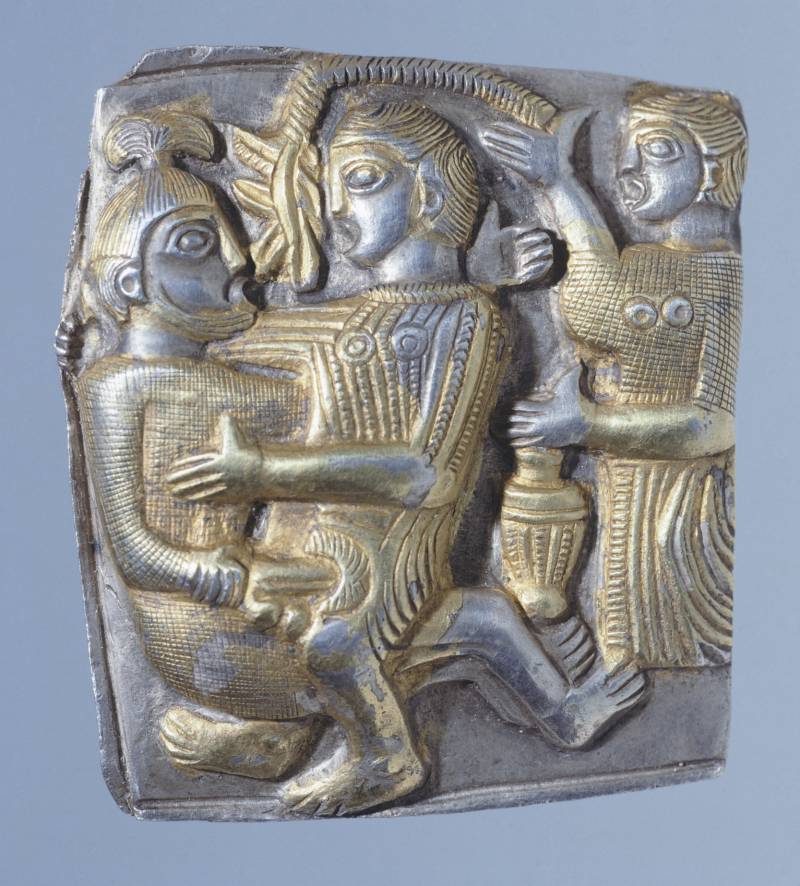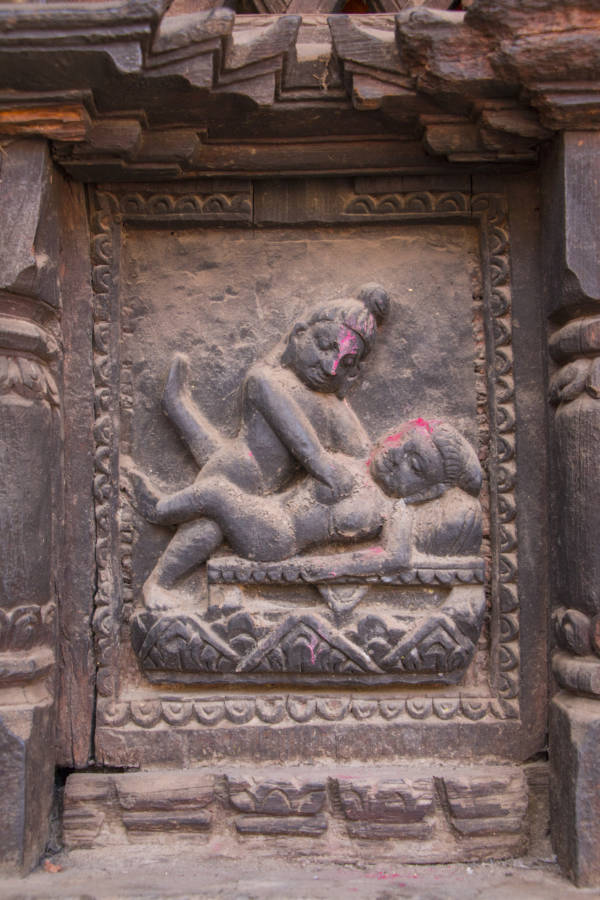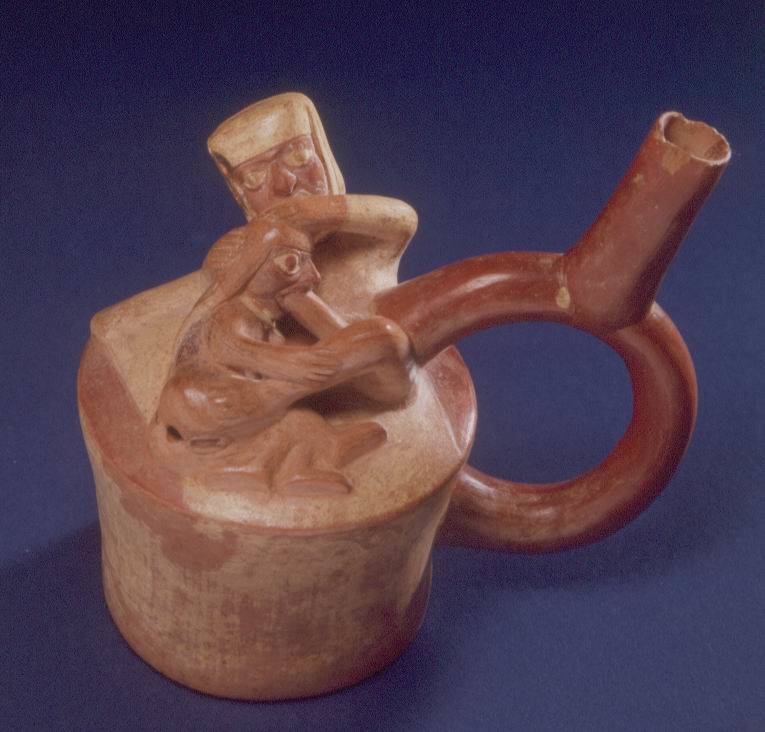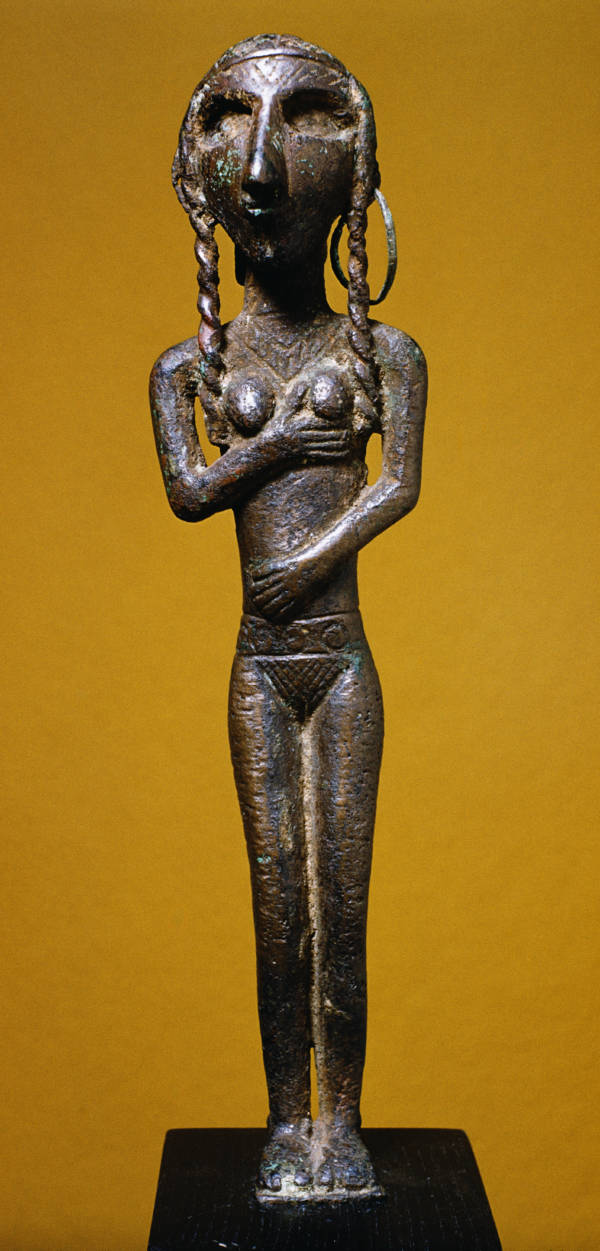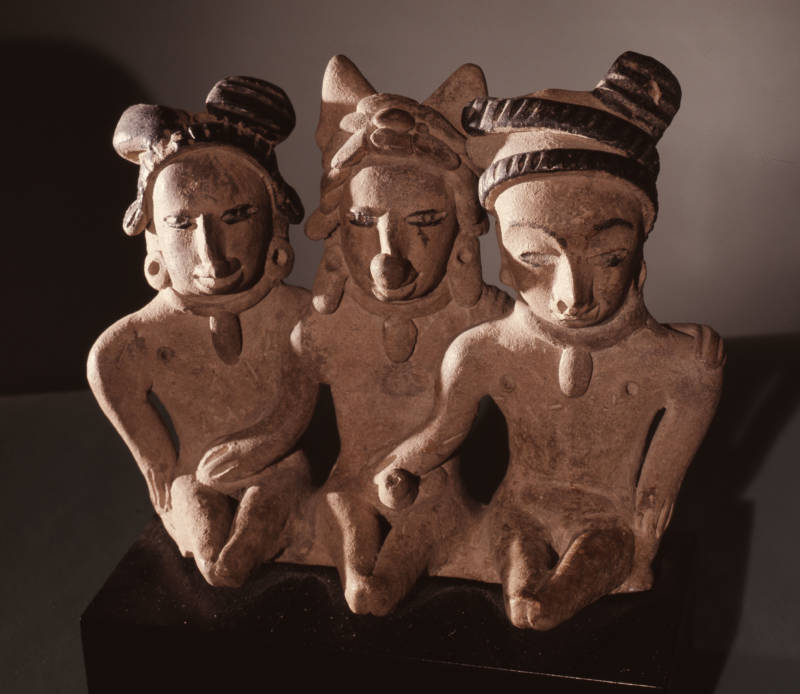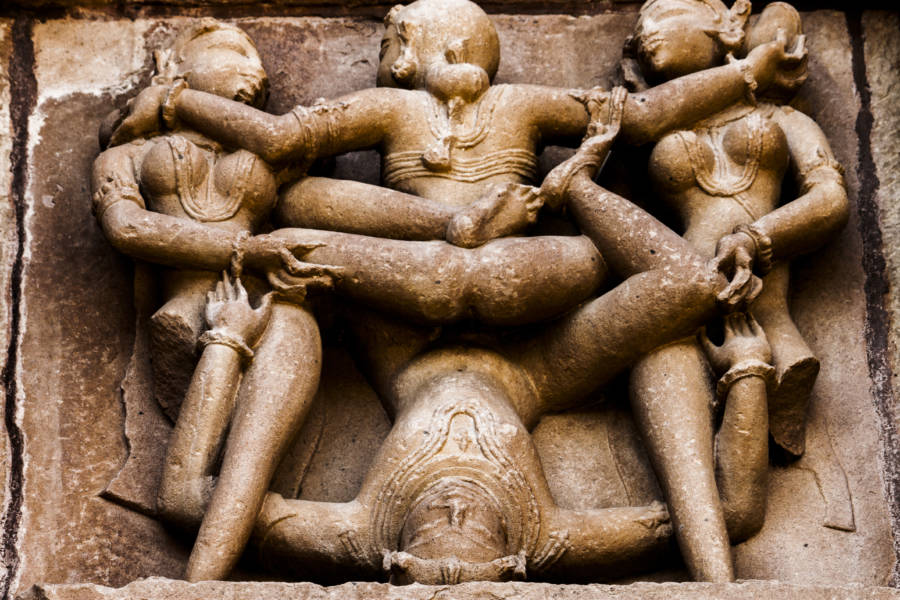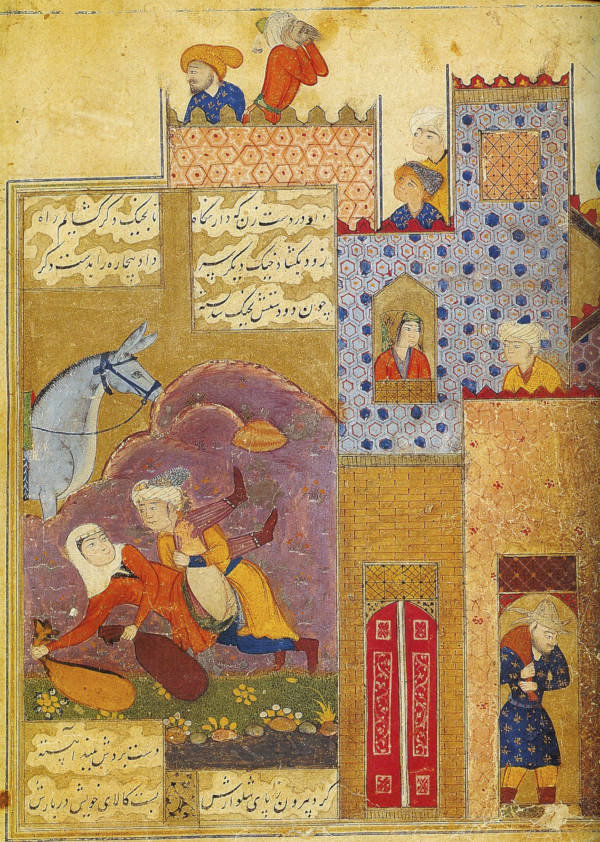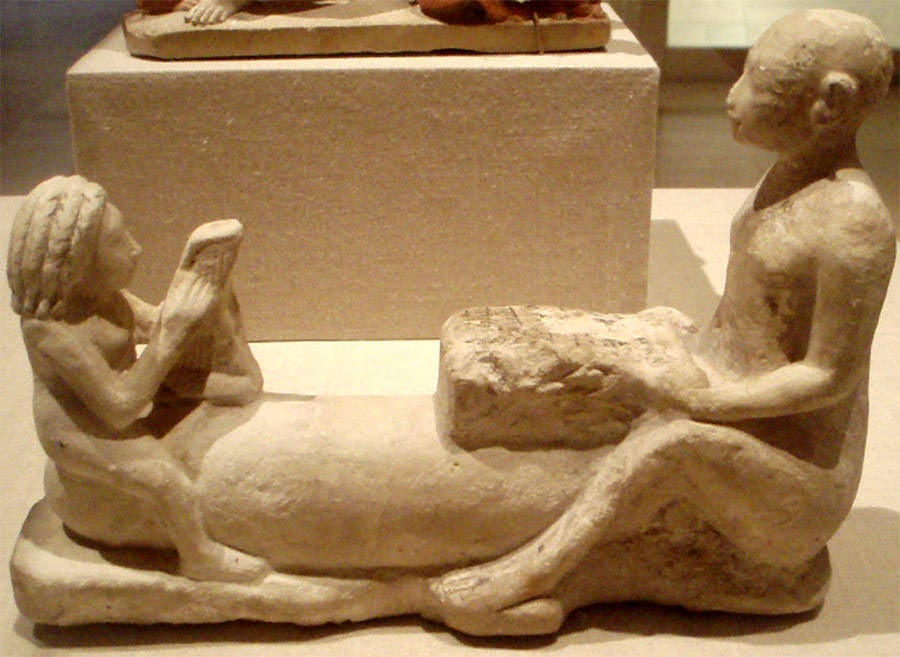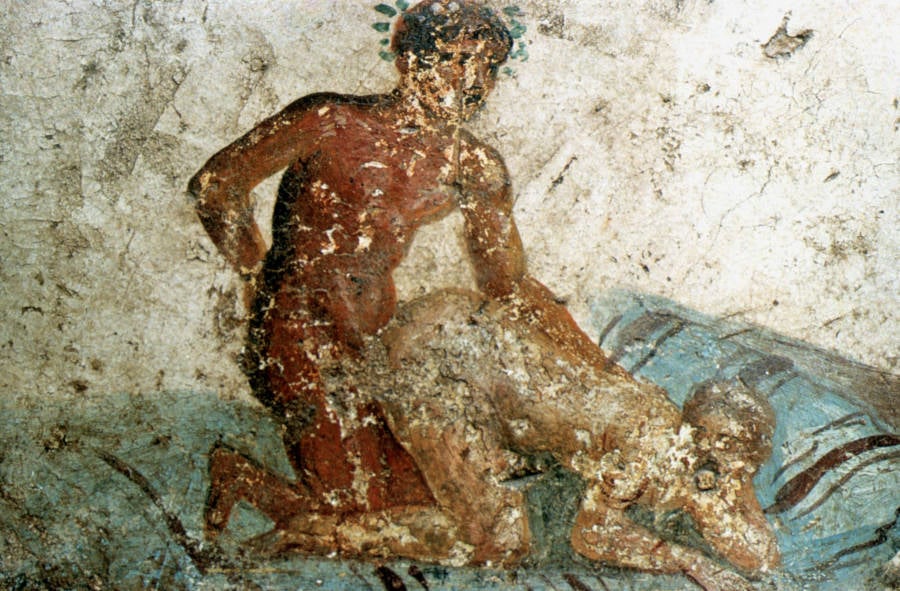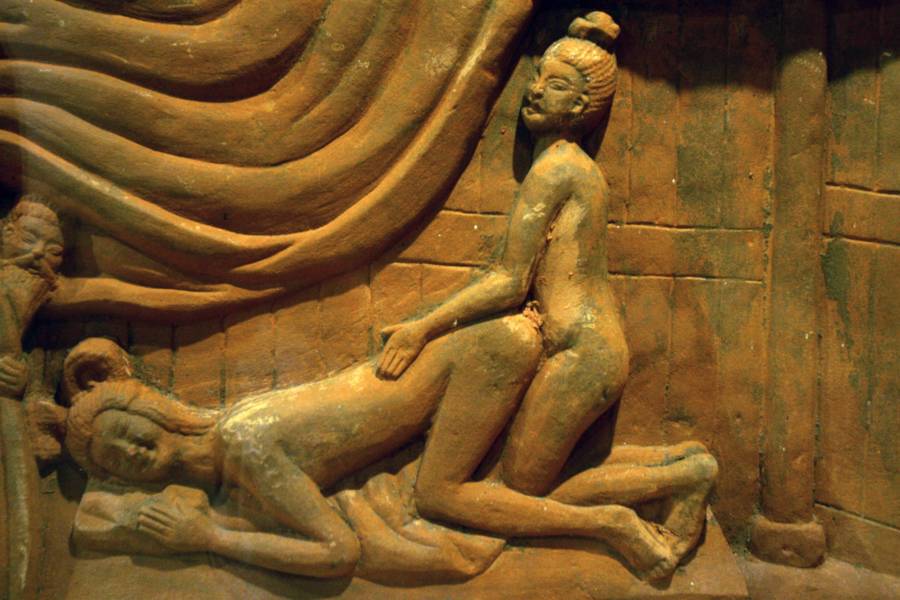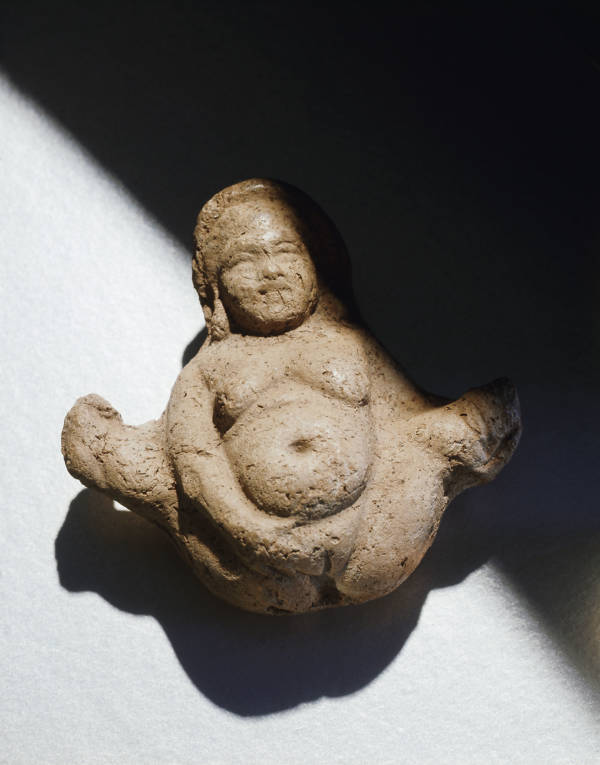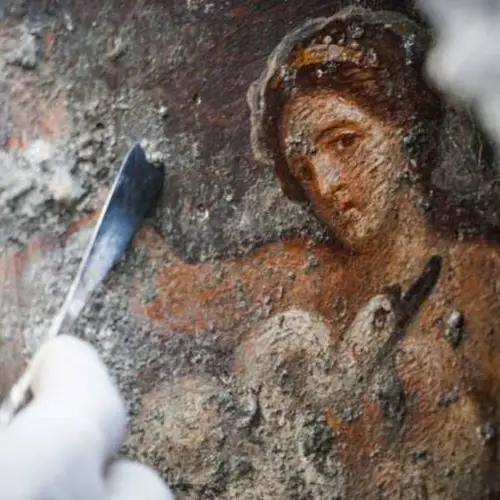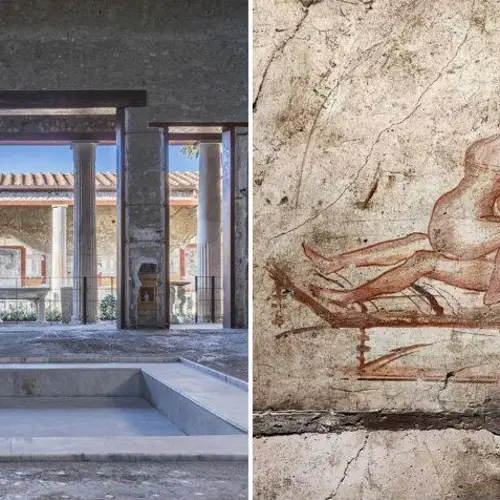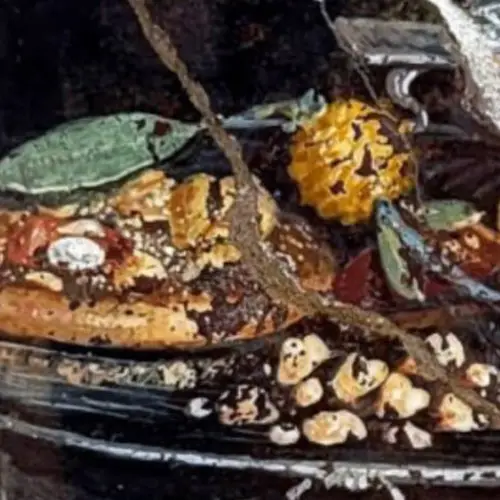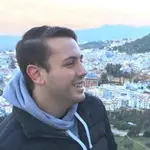Humans have been creating depictions of sex for millennia — and these examples of erotic paintings and sculptures prove it.
Expressing our sexuality has been an integral part of the human experience since the beginning of our species itself — and examples of erotic art throughout ancient history certainly prove it.
Since the beginning of civilization, humans have incorporated sexuality into art, daily life, and even worship. Some times and cultures have been more accepting of explicit references to sexuality than others, but erotic art can be found from Stone Age cave drawings to 18th-century Japanese woodblock prints and beyond.
However, the repressive view of sexuality espoused by the Catholic Church in the Middle Ages and the conservative beliefs of the Victorian Era have left many in the Western world believing that few, if any, in the past were willing and able to accept and even revel in their sexuality.
Most of us look to the past and think of an era where sexuality was a taboo subject, at least until the groundbreaking social changes of the 1960s and '70s. In reality, however, the ancient past was overflowing with representations of sex. Above are 29 examples of erotic art throughout history.
The Earliest Instances Of Erotic Art In History
Around 37,000 years ago, a Stone Age human carved a vulva into a cave in Southern France, according to Huffington Post.
In 2007, researchers at the Abri Castanet archaeological site in Dordogne, France, discovered the erotic depictions. Not only are they the first known examples of erotic art, but they may be the oldest stone carvings ever found.
About 10,000 years after the groundbreaking vulva was engraved into the French rock, someone else in Paleolithic Europe carved a woman's body into limestone, creating the famous Venus of Willendorf figurine. The sculpture features large breasts and distinct labia, and experts believe it was made as a representation of fertility.

Wikimedia CommonsThe Venus of Willendorf figurine dates back 25,000 to 30,000 years.
The figurine was found in Willendorf, Austria, in 1908, but experts believe it was carved either in northern Italy or Ukraine due to the stone it's made of.
Clearly, humans were creating erotic art long before written history began. And as artistic techniques developed over the millennia, sexual depictions became ever more detailed.
Depictions Of Sex In Ancient Civilizations Around The World
Erotic art is not limited to one time period, culture, or even location. Examples have been found from China, Japan, and India to Egypt, Greece, and Peru.
According to Sotheby's, sexual art first emerged in China during the Han Dynasty, around 206 B.C.E., and it became more widespread throughout the region over the centuries. Paintings of nude women in baths and couples engaged in sex acts were popular in the 18th and 19th centuries, and they provide art historians with insight into what Chinese people saw as beautiful and erotic at the time.
In nearby Japan, Shunga was a type of art that depicted sensual acts on woodblock prints. It was outlawed in the country in 1722 — but that didn't stop its production.
India's history with erotic art is perhaps best known by the Kama Sutra, the Sanskrit guide to sex from around 400 B.C.E. to 200 C.E. The text wasn't initially illustrated, though many artists have since put their spin on the work.

Wikimedia CommonsOnly fragments of ancient Egypt's Turin Erotic Papyrus exist, but what has been discovered leaves little to the imagination.
Additionally, the Khajuraho temples that were built in central India between 950 and 1050 C.E. depict many sex acts between men, women, and animals. According to author Theodore Carter, some historians believe that people traveled to the temples to learn about sex.
Ancient Egypt had the 8.5-foot-long Turin Erotic Papyrus, a scroll painting with 12 vignettes depicting a variety of sex positions that dates to around 1150 B.C.E. And the Moche civilization of Peru created pottery of people engaged in anal sex as early as 100 C.E.
However, some of the most famous depictions of erotic art are from the ancient Greek and Roman periods — and much of it came to light during the excavations of Pompeii.
The Erotic Art Hidden Beneath The Ash In Pompeii
When archaeologists began excavating the ancient Roman cities of Pompeii and Herculaneum in earnest in the early 19th century, they were stunned by the amount of explicit art they uncovered. Buried in the 79 C.E. eruption of Mount Vesuvius, the frescoes and sculptures had been perfectly preserved for centuries.
King Francis I of the Two Sicilies found the art too obscene for the public, and he ordered it hidden away. According to Smithsonian Magazine, the Museo Archeologico Nazionale di Napoli stashed the artwork in a secret room that only scholars — and anyone who bribed the guards — could access.
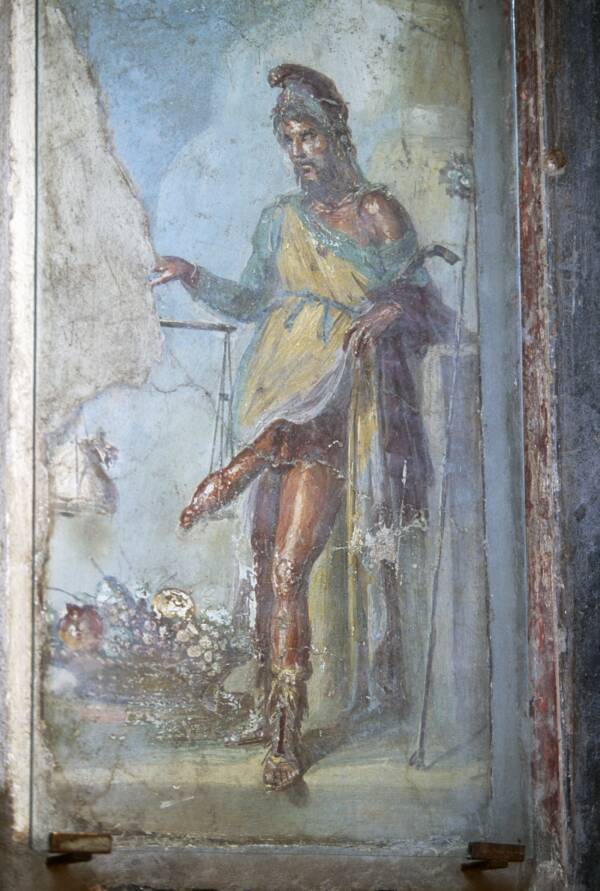
DeAgostini/Getty ImagesThis fresco of Priapus in Pompeii depicts the deity's extremely large phallus.
Some of the most famous pieces found in the ruins include a sculpture of the Greek deity Pan having sex with a female goat, erotic frescoes depicting various sex positions that decorated the walls of Pompeii's brothels, and a painting of the Greek myth of Leda and the swan.
The painting shows Leda, the queen of Sparta, being seduced — or raped, depending on the version of the story — by Zeus disguised as a swan. According to legend, Leda went on to lay two eggs, one of which hatched into Helen, whose face "launched a thousand ships" and led to the Trojan War.
The erotic artwork was removed from its secret vault in 2000 and is now on display in Pompeii and various museums.
Changing Societal Norms Regarding Erotic Art
It wasn't until the 1500s through the 1800s that erotic art of the past truly began to be seen as "pornographic" by today's standards. Authorities began editing explicitly sexual objects and events out of history books and museums to protect the sensibilities of impressionable youth and morally upstanding women.
However, as sexual norms have changed throughout the course of the 20th century, we have begun to see the true nature of the past. Many ancient civilizations simply celebrated sexuality and genitalia in a way that would seem extreme today.
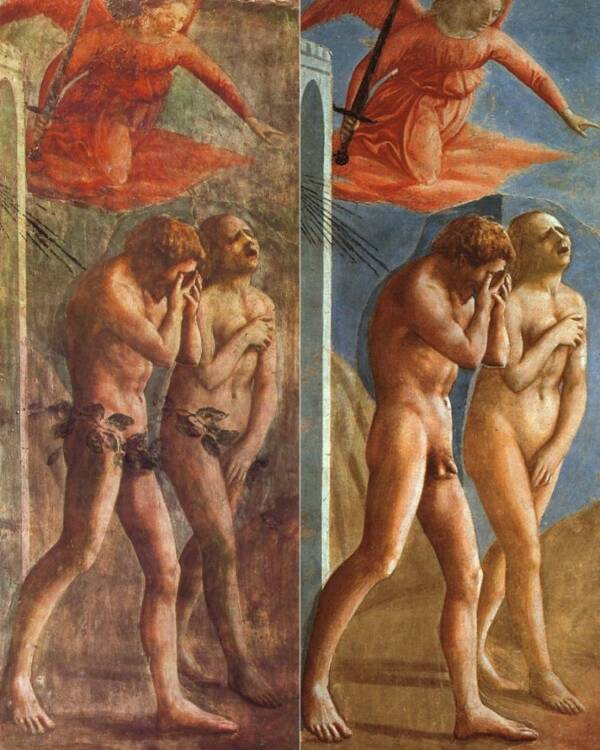
Wikimedia CommonsMasaccio's The Expulsion from the Garden of Eden was painted in 1425 and edited to be less obscene in 1680. It was then restored to its original state in 1980.
Sculptures of penises and vaginas that were rampant throughout cultures around the world used the exaggerated figures of these genitals as representations of gods of fertility.
Erotic art was used to denote that a place was a brothel, promote fertility, tell sexual stories, and even mark graves. It wasn't pornographic — it was just the nature of the times.
After looking through this gallery of erotic art throughout history, discover the real story of what Tantra is. Then, learn about the long history of sex toys.
